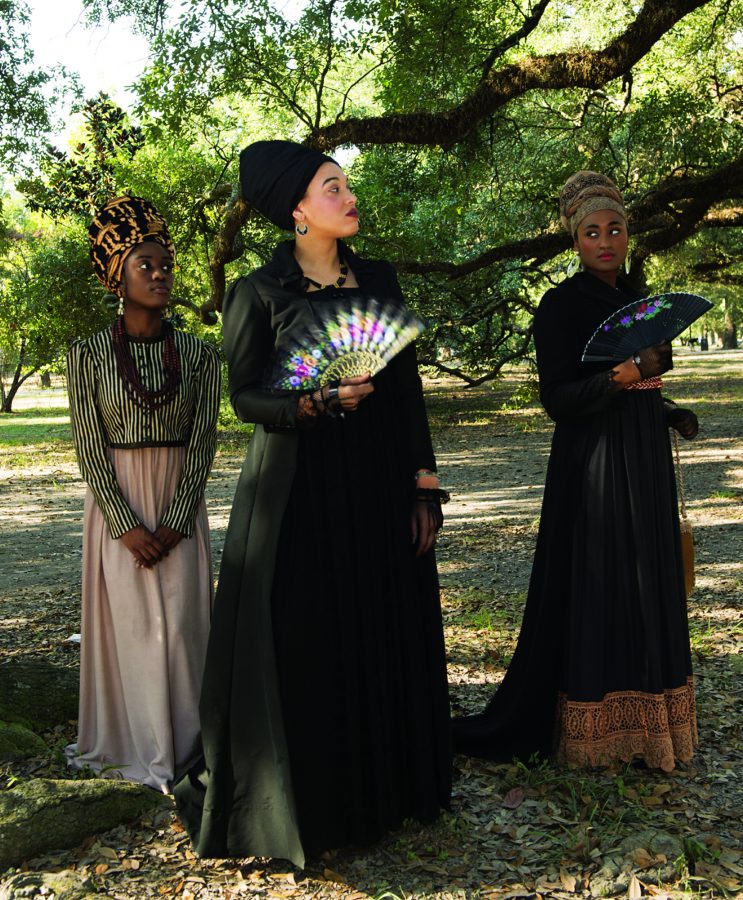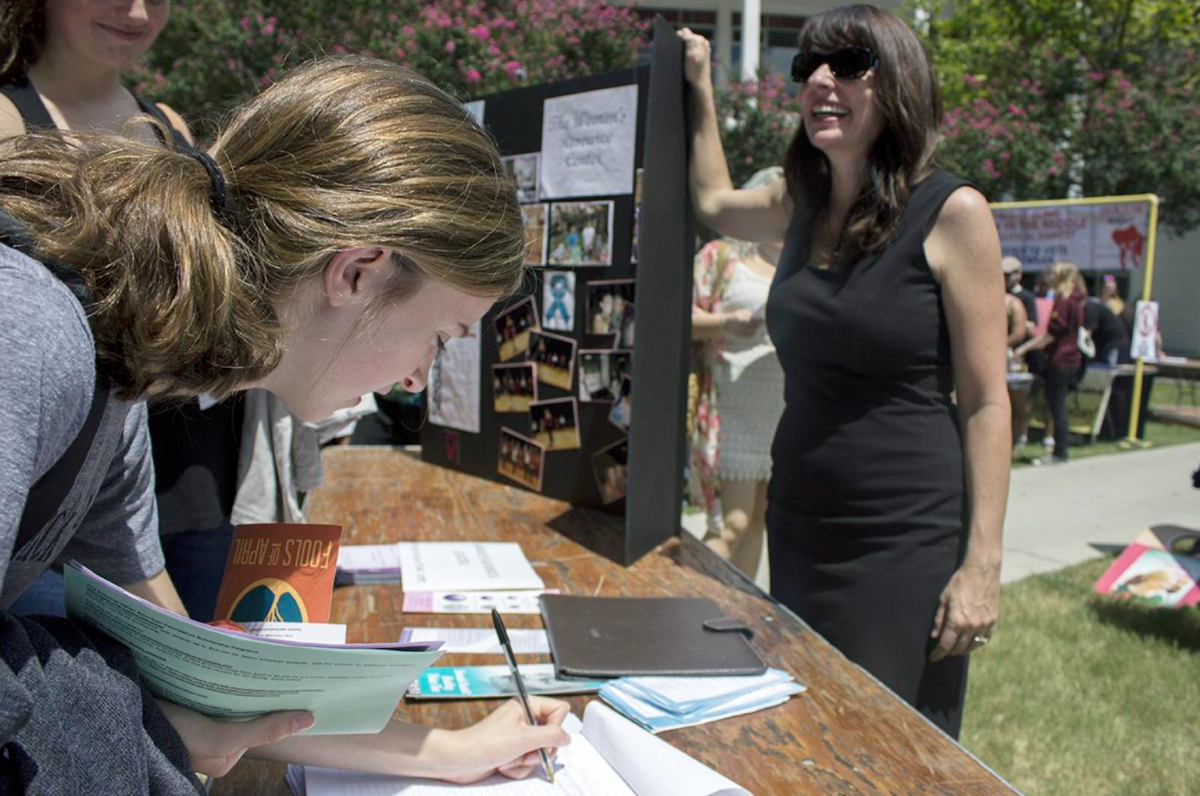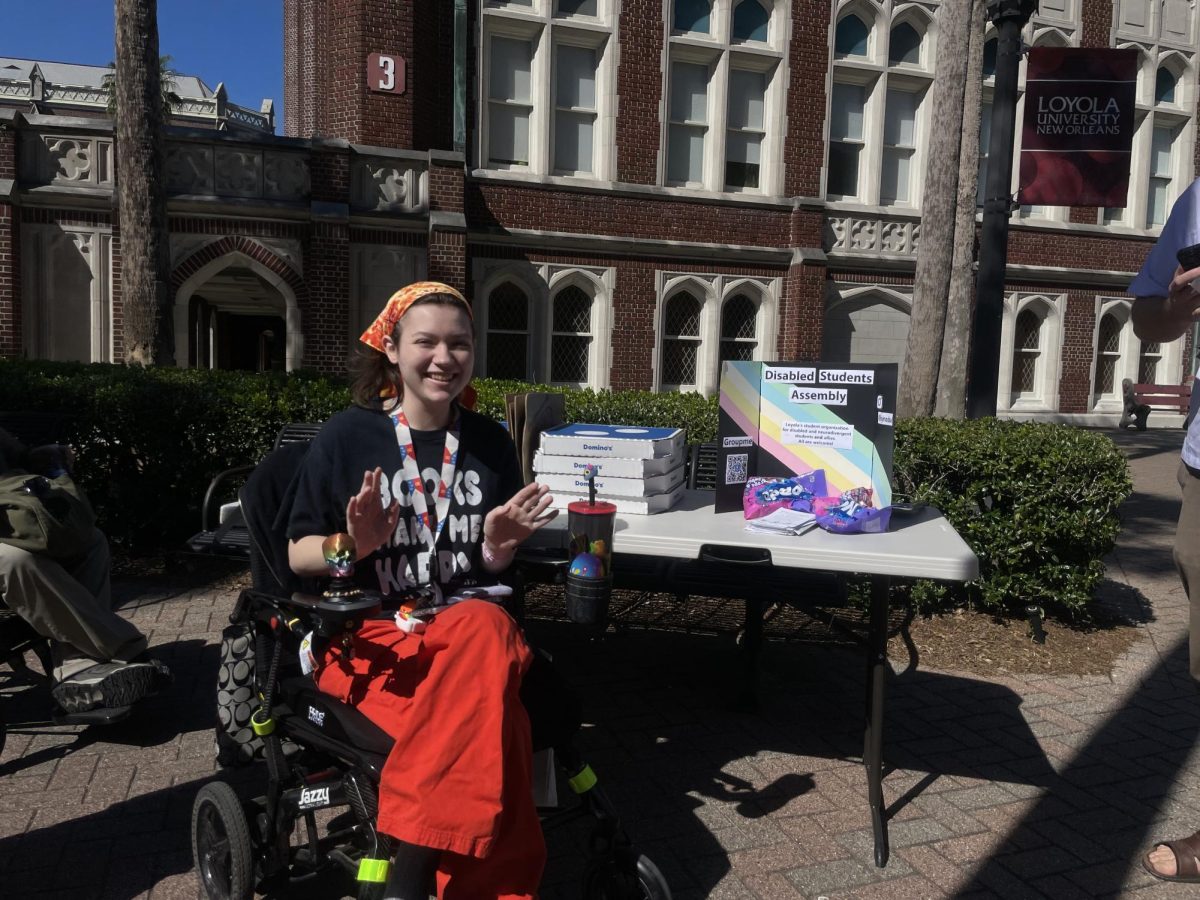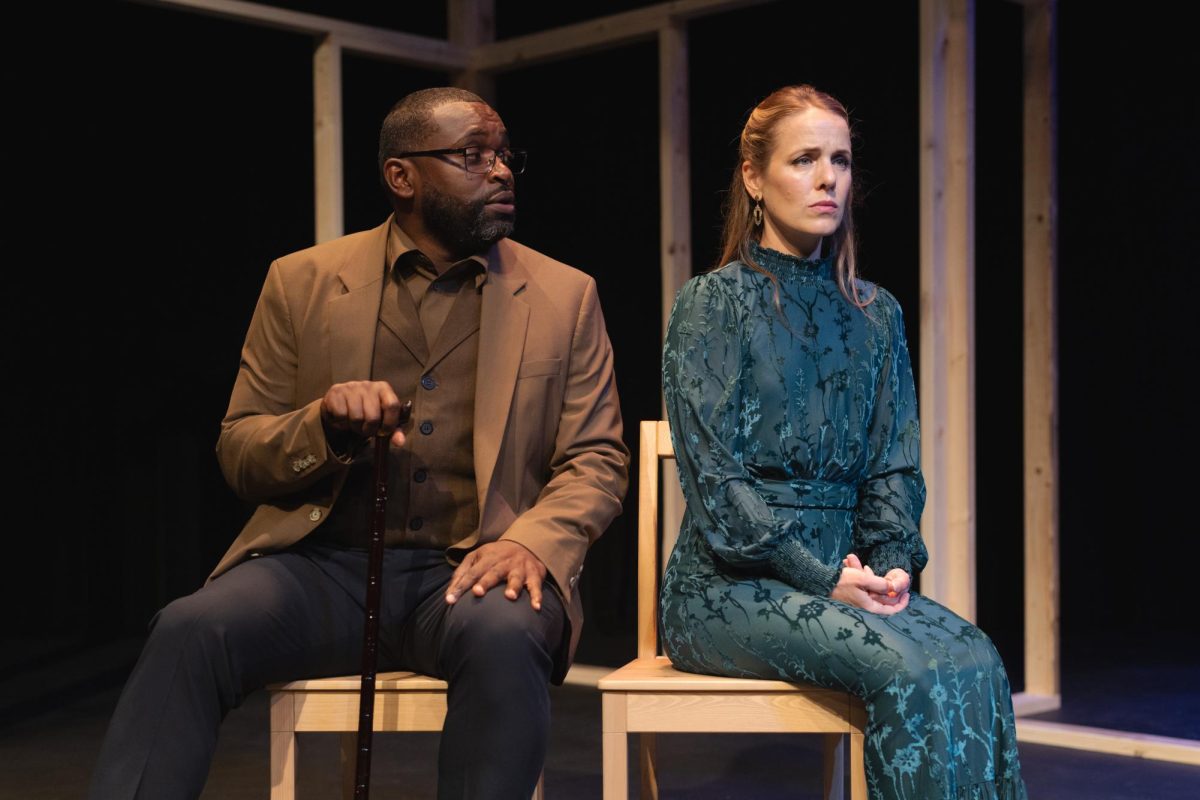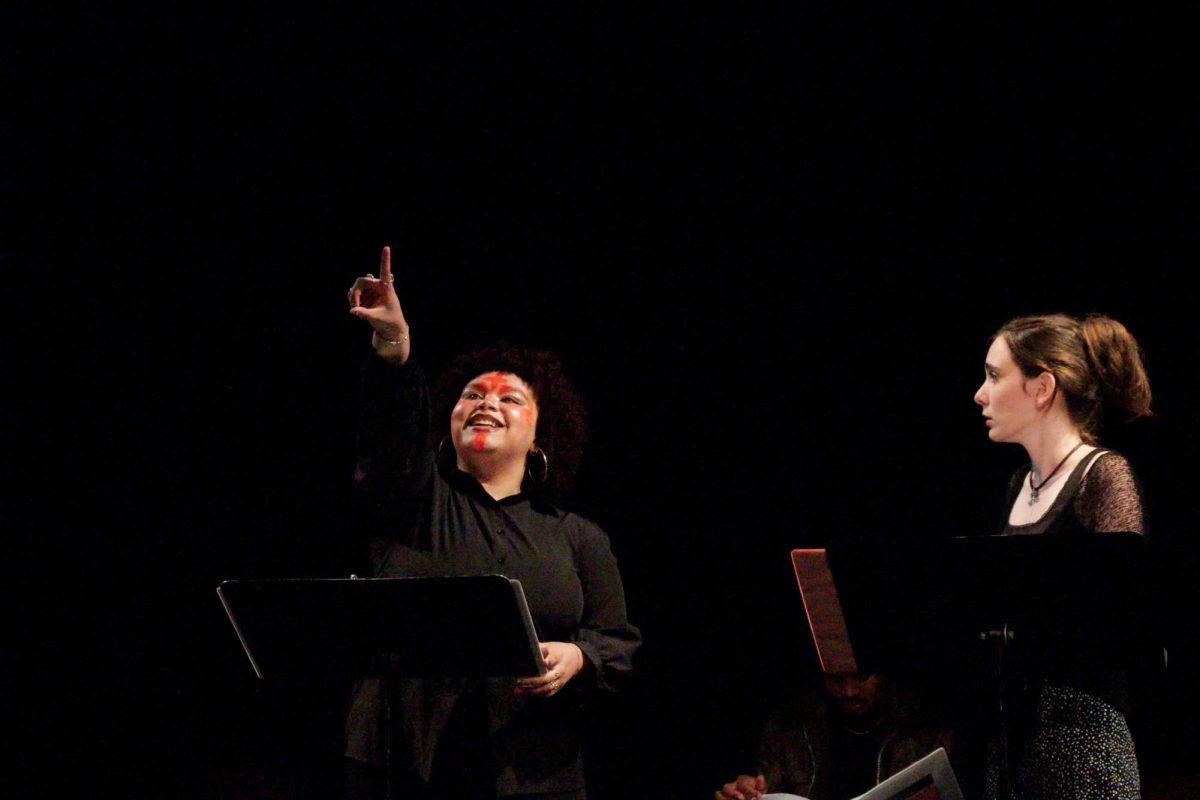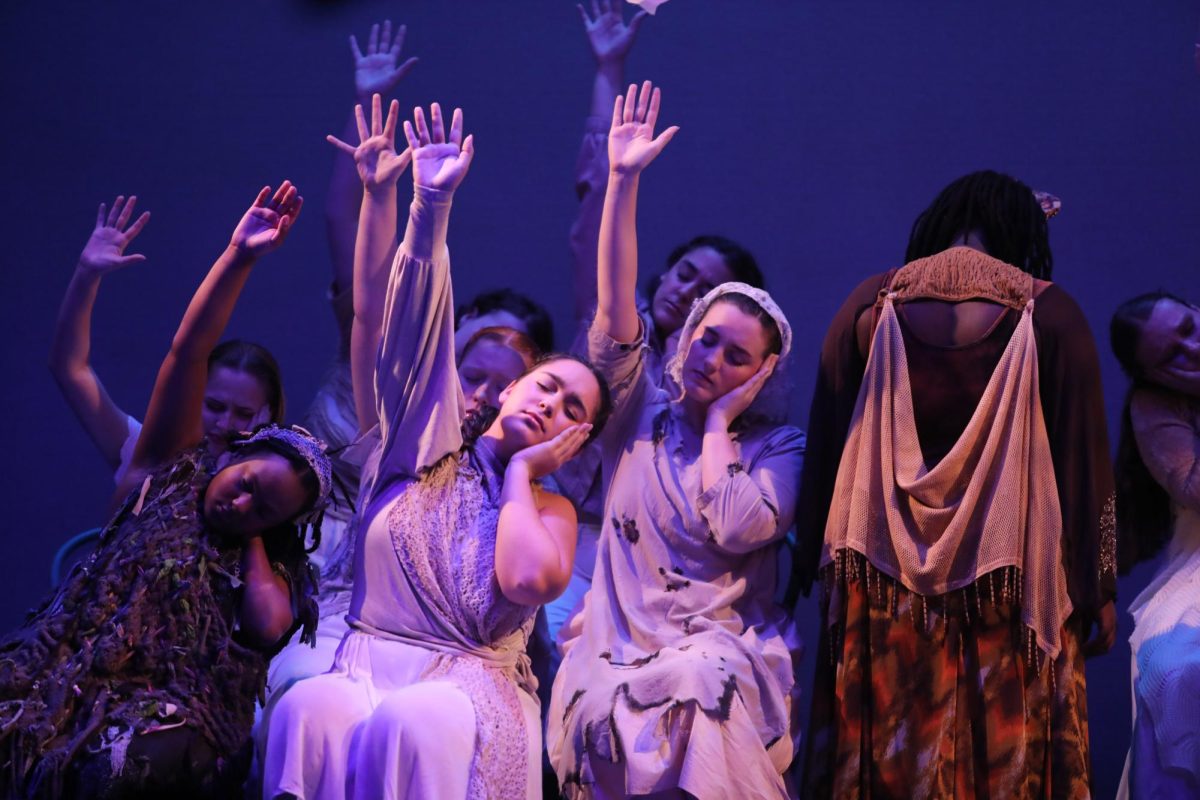The theatre department will be performing Marcus Gardley’s “The House That Will Not Stand,” a play centered around New Orleans free women of color in the 1800s.
Revolving around matriarch Beatrice and her daughters Agnès, Maude Lynn and Odette after the death of Beatrice’s husband, Lazare, Beatrice implements a period of mourning on the house as the household begins to collapse. Inspired by Federico García Lorca’s “The House of Bernardo Alba,” Gardley adapted the work to befit contemporary American themes like race, conceptions of black beauty and social standings in the United States.
“It seems to me that the issues in the play are really timely because of the discussions about race in our country right now,” Laura Hope, theatre department chairwoman, said. “That has to do with unresolved issues about our nation’s past.”
Odette, her sisters and their mother are a part of the plaçage movement in Louisiana, an extralegal system of marriage where white men would be married to women of color. Lazare, Beatrice’s husband, was one of those men.
Talia Moore, musical theatre freshman, plays Odette, the youngest of the three sisters. “The social climate of the world is pretty tense, especially in America,” Moore said. “To have an all black cast is amazing and I think it’s really empowering, especially in a time like this. It could be a reality check of what is and could be.”
Katy Maddox, theatre arts junior, was dramaturge for the production and researched the history behind the play and what cultural influences New Orleans culture had on the lives of the characters and themes within the play. According to Maddox, the play has importance because it emphasizes minority perspective of the world.
“Playwrights tackling the stories of female [and trans] minorities are steadily growing, but they are still forced into niche categories of theatre,” Maddox said. “Marcus Gardley is tying the past to the present by using timeless narratives.”
Wardrobes are from a Greco-Roman, Hellenistic-inspired period known as “regency, directoire or empire,” according to costume designer Kellie Grengs. A unique piece of the costumes is the presence of the tignon, a headdress free women of color were forced to wear in New Orleans.
“It became a fashion statement,” Hope said. “When it’s put on, you feel like you’re in the presence of royalty.”
The New Orleans-inspired play uses more than just history in its exploration of local culture; it also uses the supernatural. “The House That Will Not Stand” toys with voodoo, conjuring spirits and clairvoyants. Hope found it amusing that this play is being performed in Marquette Theatre, a former autopsy theatre that is now one of Loyola University’s haunted locations.
“Gardley makes it very specific to New Orleans’ own cultural mythology of ghosts and voodoo,” Hope said. “Much like Shakespeare, it’s sort of accepted that it just happens. It’s real and it happens. There’s not any doubt that ghosts walk the earth and that people can speak to them.”


